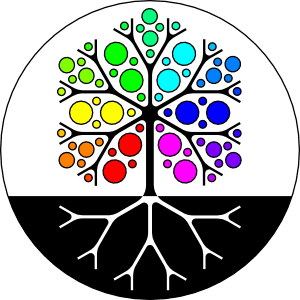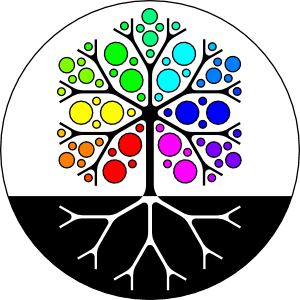A successful permaculture design starts with thorough site analysis—observing and understanding the landscape to create systems that work with, rather than against, natural forces. By carefully assessing key environmental and social factors, we can develop resilient, productive, and ecologically sound systems at World Tree Permaculture.
Climate and Microclimates
Understanding regional climate patterns helps shape effective designs. Key factors include:
Temperature ranges (seasonal highs and lows)
Precipitation levels (rainfall and snowfall patterns)
Prevailing winds and their impact on plant growth and structures
Microclimates—smaller areas with unique conditions influenced by shade, windbreaks, water bodies, and elevation changes
By leveraging microclimates, we can optimize plant selection, improve heat retention, and extend growing seasons.
Water Resources
Water is the foundation of life, and its management is central to permaculture design. Our analysis includes:
Existing water sources (wells, springs, ponds, and streams)
Rainfall catchment potential and runoff patterns
Soil infiltration rates and groundwater recharge capacity
Erosion risks and strategies for water retention (e.g., swales, keyline design, ponds)
Effective water management ensures drought resilience and sustainable irrigation.
Soil Health and Composition
Healthy soil is the backbone of a productive and regenerative system. Our assessment includes:
Soil type and texture (sand, silt, clay, or loam)
Organic matter content and fertility levels
pH levels and nutrient availability
Compaction issues and drainage capacity
Soil microbiology and presence of beneficial organisms
We will implement cover cropping, composting, and rotational grazing to build soil health and long-term fertility.
Sun Exposure and Shade Patterns
Sunlight is a critical resource for plant growth and energy efficiency. We analyze:
Seasonal sun angles and their effect on building placement
Shading from trees, structures, and landforms
Potential for solar energy integration
Understanding sun exposure allows for strategic garden layouts, food forest placement, and passive solar building design.
Flora and Fauna
The existing plant and animal life on-site provides insights into the land’s ecology. Our assessment includes:
Native plant species and their ecological roles
Invasive species and their management
Wildlife interactions (beneficial pollinators, predators, and pests)
Livestock integration potential (rotational grazing and silvopasture opportunities)
We aim to support biodiversity, restore ecosystems, and integrate wildlife corridors into our design.
Human and Social Considerations
A permaculture site is not just about the land—it must also serve the needs of the people involved. We assess:
Current and future land use goals
Community needs and economic opportunities
Accessibility and infrastructure development
Legal considerations, zoning, and regulations
At World Tree Permaculture, we are designing systems that provide food security, economic opportunities, and hands-on education while regenerating the land.
By conducting comprehensive site analysis, we can make informed, strategic decisions that ensure the long-term success of our permaculture farm and education center.

